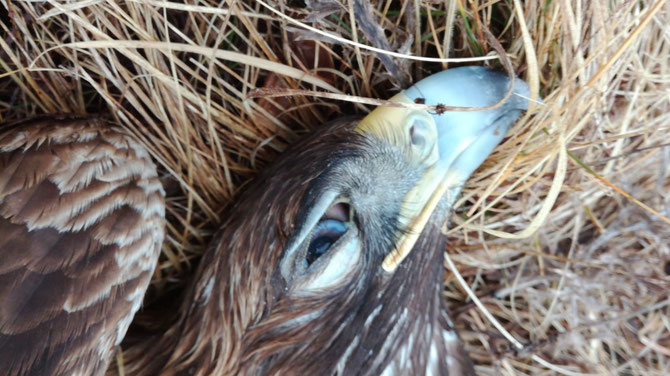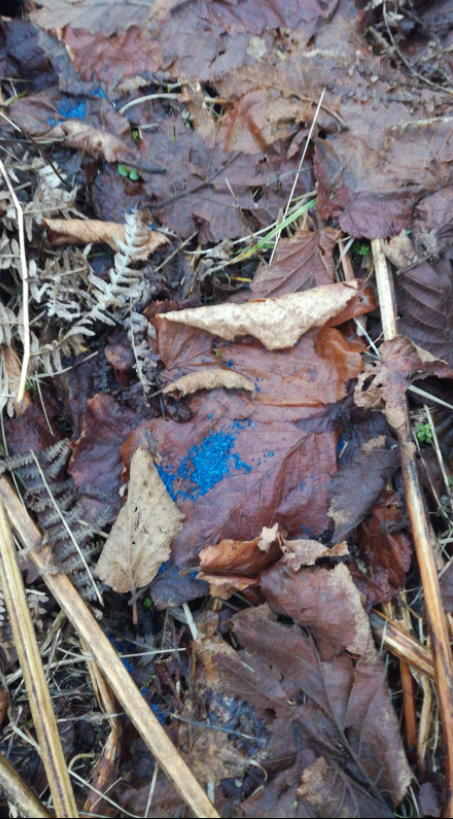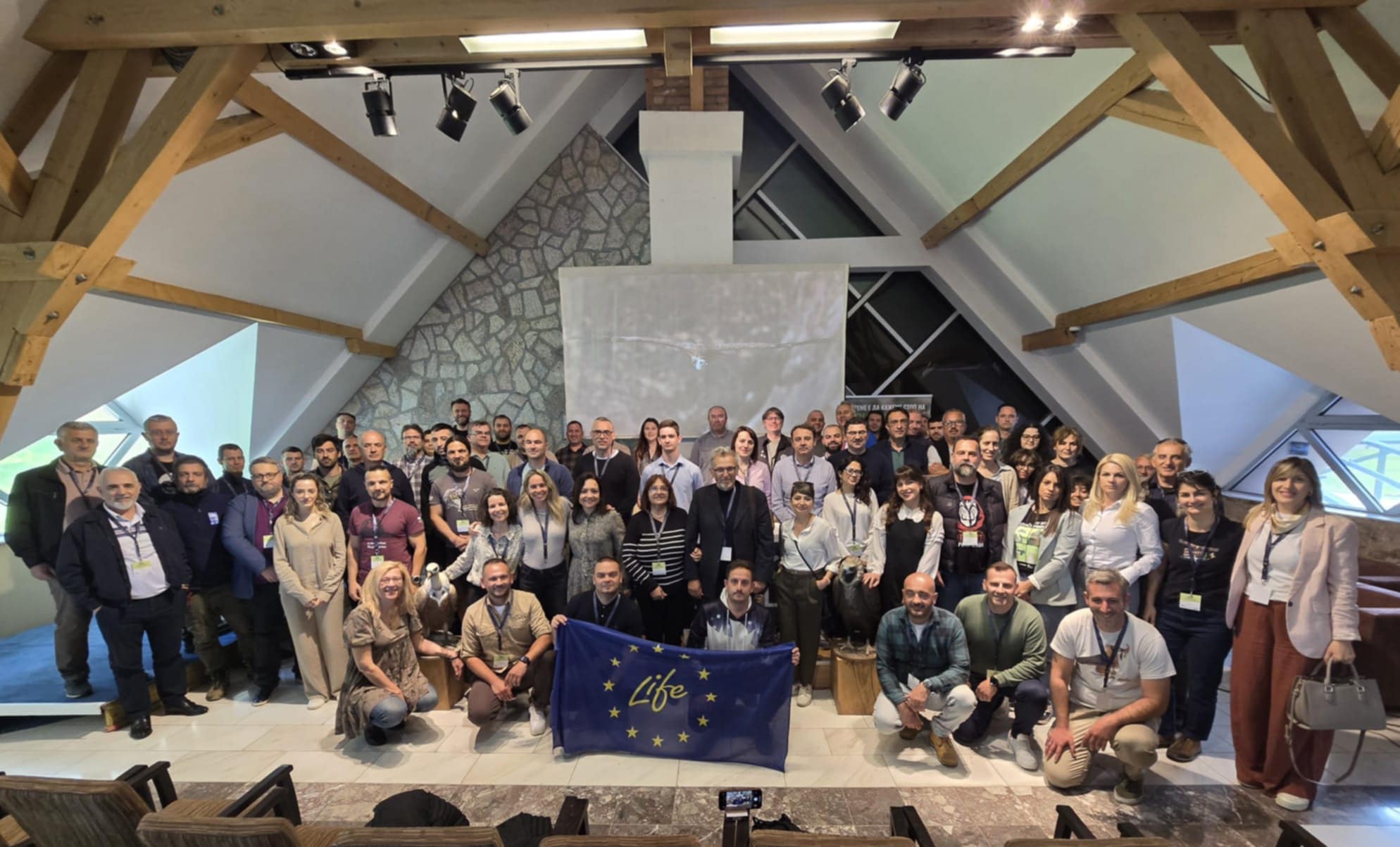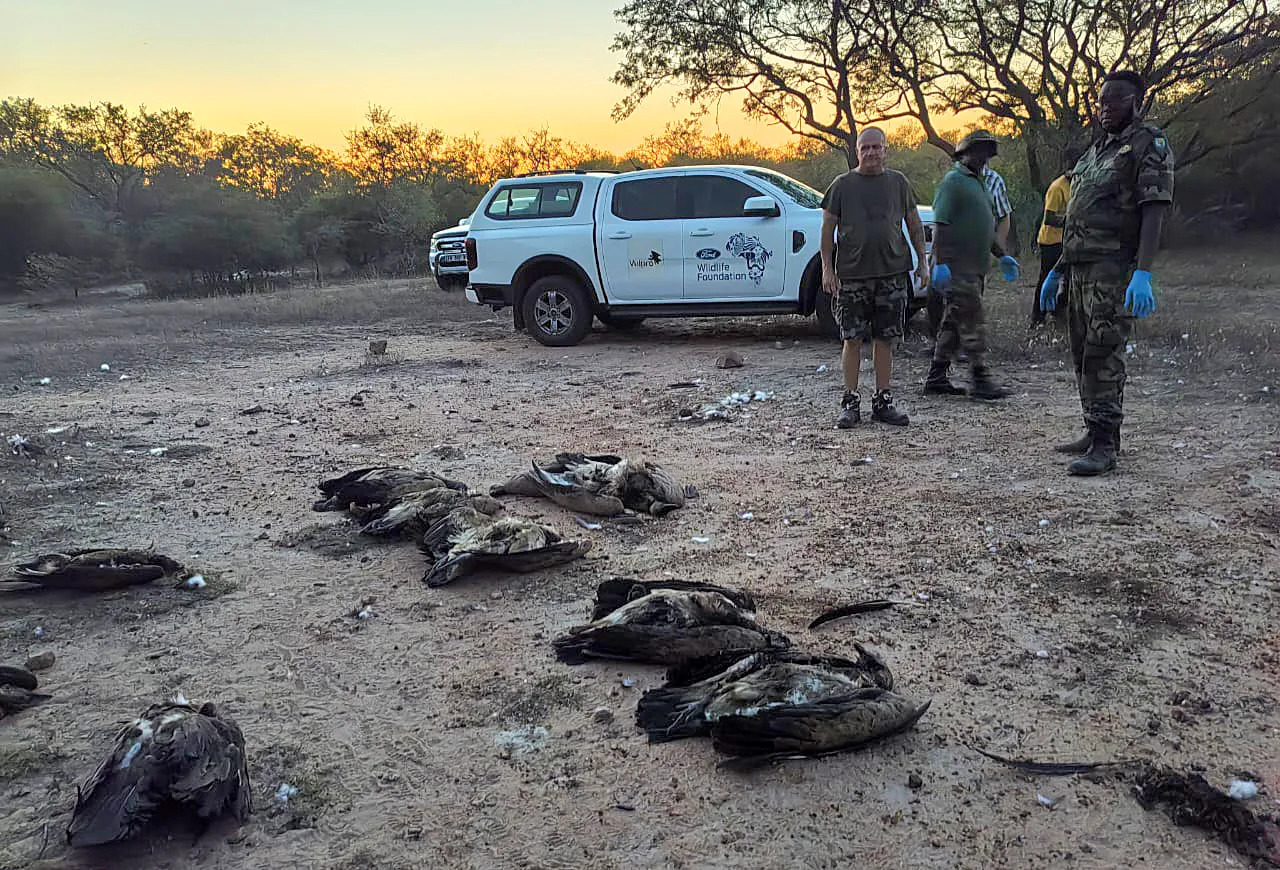
In 2020, yet another illegal wildlife poisoning case took place in Croatia, causing adverse effects on local wildlife. But, for the first time in the country, the perpetrator of such an environmental crime will likely be charged, which would be a milestone in the fight against illegal wildlife poisoning in Croatia and in the Balkans.
Boleslaw Slocinski, Conservation officer at Association Biom – BirdLife in Croatia, takes us through the entire ordeal, from detecting and investigating the case to reaching court trial. He also discusses future expectations in tackling this severe threat to wildlife in Croatia within the BalkanDetox LIFE project.
Detecting the illegal wildlife poisoning case
In February 2020, during a cloudy, windy, cold day in the steep mountains of Lika, Croatia, the Biom’s anti-poisoning team was scouring the area for poisoned animals. “The big herds of cows roaming loosely on extensive pastures without any supervision foreshadow human-wildlife conflict with wolves, which often results in a harmful ‘solution’ — illegal wildlife poisoning,” says Boleslaw. Unfortunately, the anti-poisoning team did discover such a case that day as they came across the fresh carcass of a sub-adult golden eagle. “This magnificent bird laying on the grass without any signs of life is a painful memory for me”.
Following this finding, the team immediately called the police to report this wildlife crime. “While waiting for the criminal investigators, we had the chance to study this horrible loss for wildlife. The eagle was found approximately 100 meters from the poisoned bait, laying on the ground. Its eyes were open but squinted, its claws clenched as well. I noticed a scratch on its right leg just below the line of feathers.”
Deducing the last moments of the eagle’s life
Based on the evidence from the field and knowledge on this threat, Croatian conservationists could paint a picture on the events leading to the eagle’s death, but the order of events is only partially obvious. Boleslaw adds that “likely local farmers placed poison baits in the woods due to the human-wildlife conflict with wolves in the area.”
Sadly, the golden eagle was one of the animals that ingested the poison baits. “The golden eagle has perfect vision. Its eye contains almost one million light-sensitive cone cells-receptors per mm2, which detect changes in colour. Although it has a perfect vision, this species is a bird of open habitat. Finding a hidden carcass on their own is not very easy, so sometimes they rely on ravens and crows, which are among the first to find meat and carcasses in the wild.”
He further adds that “there were some solitary bones all around the place on the meadow: fox, wolf, dog, and buzzard. There are many wild and domestic animals around, which could have found the carcass first. We searched by foot over 50 hectares surrounding the crime scene but without any luck. It is possible there were other poisoned animals that could cause other secondary poisoning cases. So what likely happened in this case? Our eagle somehow noticed carrion and arrived for a fatal feast. After a few moments of feeding, it felt pain and started to fly away. Seconds later, it falls. Muscle twitches make the eagle scratch itself, causing the injury to its leg. It dies painfully, disoriented by what happened.”
Support by authorities helps find the perpetrator
The toxicological analysis indicated that the poison used was carbofuran, which is an illegal and extremely toxic substance. It was important to bring the criminal(s) responsible to justice to deter similar incidents from occurring in the future. However, to combat this harmful threat, conservationists cannot achieve this alone — they need to collaborate with many stakeholders, including the authorities, and this is what happened in this case. The criminal police in Croatia got involved from the start and carried out a thorough investigation, which helped find the perpetrator. This outcome is a milestone as for the first time in Croatian history, someone will be charged for illegal wildlife poisoning and some justice will be achieved for the poisoned animals! Boleslaw further adds that “through the BalkanDetox LIFE project, Croatia will have a unique opportunity to raise capacities for the recognizing and processing of wildlife crimes.”
Why it’s crucial to combat illegal wildlife poisoning
Each poisoning could potentially cause huge blows on biodiversity and conservation efforts. In the worst case scenarios, a large number of animals could fall victim to illegal wildlife poisoning, leading to the death of many birds such as vultures and eagles. But even a loss of one eagle, like in this case, can be detrimental. Boleslaw explains that “a golden eagle breeds after five or more years after they hatch and have only one bird leaving a nest per year, if the nesting was successful. Death of one individual of this species will have its consequences for the local population for decades, especially when the population is in a vulnerable state.”
It is urgent to tackle illegal wildlife poisoning in the Balkans to protect wildlife, nature as well as public health. Now, through the BalkanDetox LIFE project, the VCF will work together with many colleagues, including BIOM, across seven Balkan countries to raise awareness about this threat and build capacities among key stakeholders in an effort to minimize the scale and scope of illegal wildlife poisoning in the Balkans.






